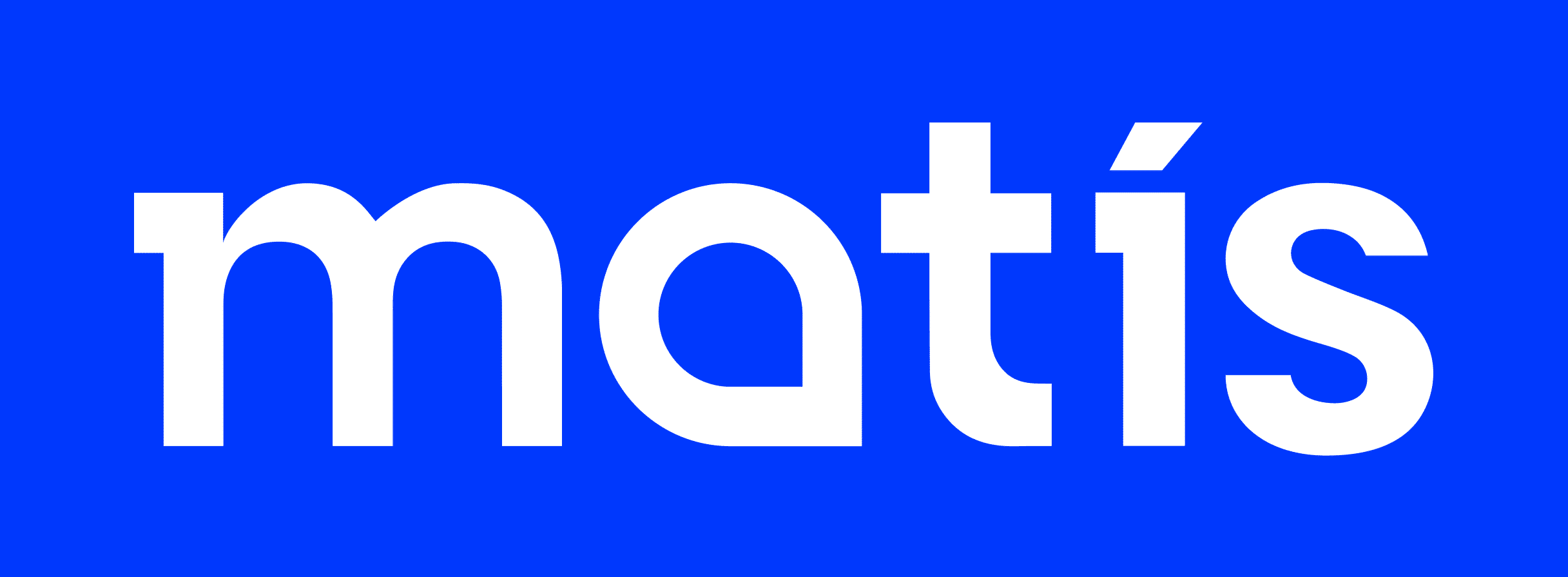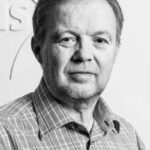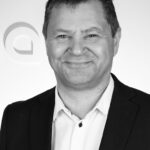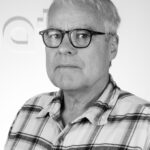Use of electricity for drying fishmeal / Electric drying of fish meal
The fishmeal industry is an important industry and has been technologically advanced in recent years. High energy is used in the production of products. In order to gain a better grasp of energy efficiency in the process, an energy and mass flow model is set up for the processing of different raw materials and at the same time a better overview of the processing cycle is obtained. The model also helps to make it easier to influence the quality of fishmeal products, through process control. The main goal of the project is to control energy consumption in the production process and especially during drying and to develop electric drying equipment for air dryers. The drying is the last stage of processing in the circuit and the waste dryer from drying is then used later in the circuit. The aim of the project is to use electricity to heat air for drying fishmeal in an efficient way. In this way, it would be possible to achieve the goal of the fisheries sector to utilize only domestic energy in the production of fishmeal, significantly reduce the import of oil for land processing and significantly reduce the formation of footprints. Measurements in the production process were performed for four types of raw materials, to estimate material flows through the factory. Pressure drop over oil heating equipment was measured and is much higher compared to electric heating equipment. The electric heating equipment has proven successful in HB Grandi Vopnafjörður's fishmeal factory, in terms of energy source, energy efficiency, control and maintenance.
The fish meal industry is an important sector and has applied technology in recent years. Fish meal processing is an energy intensive process. For better control of energy utilization in the process energy‐ and mass flow model was set up for processing different raw material, and simultaneously a better overview for the process. The model is a good tool to have influence on the quality of the fish meal products. The main aim of the project was to control energy usage specially for the drying and to develop electric air heating equipment. The drying is the last step in the process and waste heat is utilized on previous stages in the process. The aim of the project is to utilize electricity to heat air for drying fish meal in a cost effective way. By contrast it would be possible to reach the goal for the Icelandic marine sector to utilize exclusively domestic renewable energy for fish meal processing, reduce imports of oil for shore processing and reduce carbon footprint. Measurements in the process were carried out for four kinds of raw material, for evaluation of mass flow through the process. Pressure drop over the oil air heating equipment was measured higher than for an electric air heater. It has turned out that the electric air heater has proved its worth in HB Grandi fish meal factory in Vopnafjordur, in terms of energy source, energy utilization, controlling and maintenance.





